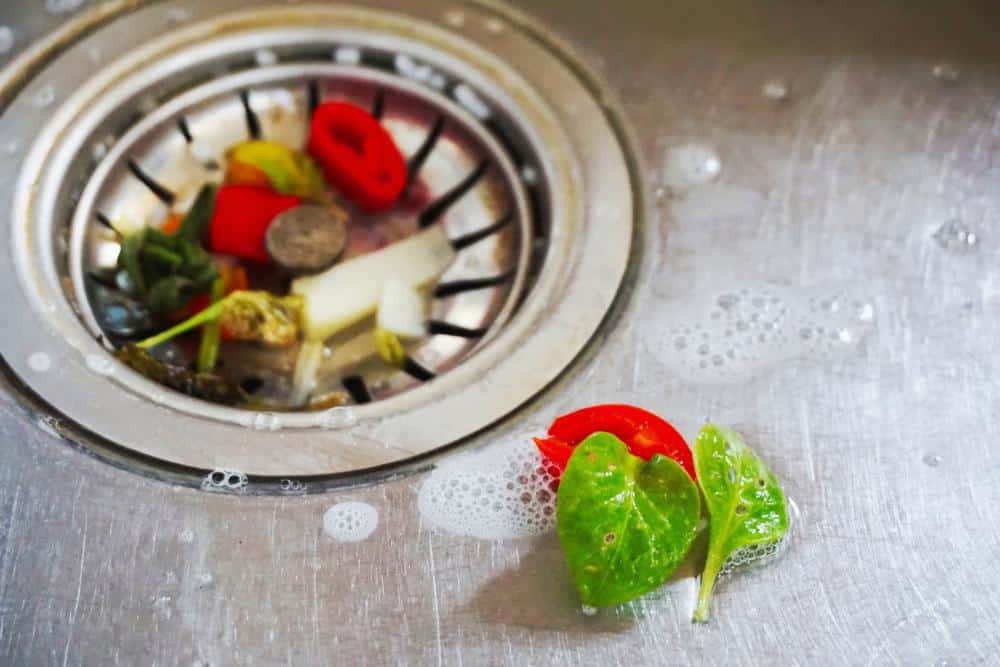
Replacing a kitchen sink and garbage disposal may seem like a daunting task, but with the right tools and a step-by-step guide, it is a project that you can undertake on your own. In this comprehensive guide, we will walk you through the process of replacing a kitchen sink and garbage disposal, discussing necessary tools, providing safety precautions, and offering maintenance tips to ensure longevity.
To replace a kitchen sink and garbage disposal, first, gather all the necessary tools and materials. Turn off the water and power supply, then remove the old sink and disposal. Next, ensure the new sink and disposal fit your space, apply silicone caulk around the sink hole, lower the sink into place, and secure it. Install the new faucet and fixtures, attach the new disposal, reconnect the water supply, and check for leaks. Regular maintenance can ensure the longevity of your new installations.
Tools and Materials You’ll Need
Before embarking on this project, ensure you have these necessary tools and materials:
- New kitchen sink
- New garbage disposal
- Putty knife
- Pipe wrench
- Socket wrench
- Utility knife
- Safety glasses
- Drainpipes and fittings
- Tape measure
- Adjustable wrenches
- Caulk
- Caulk gun
- Hacksaw
- Crescent wrench
- Channel-lock pliers
- Plumber’s putty
- Hammer
- Needle nose pliers
- Wire nuts
- Wire stripper
- Electrical cable connector
- Replacement sink strainer
- Silicone caulk
- Screwdriver
Removing the Old Kitchen Sink and Garbage Disposal
Safety Precautions
Before starting, ensure you follow these safety precautions:
- Turn off the water supply to the sink.
- Disconnect the power supply to the garbage disposal.
- Wear safety glasses to protect your eyes from any debris.
- Ensure your workspace is well-lit and free from clutter.
Steps
- Disconnect the water supply lines.
- Remove the drain pipe and P-trap.
- Loosen the clips securing the sink and cut any sealant around the edges.
- Lift out the old sink.
- Disconnect the electrical connections from the garbage disposal.
- Loosen the mounting screws and detach the disposal from the sink drain.
Installing the New Sink and Garbage Disposal
Before installing your new sink and garbage disposal, you need to ensure they fit correctly into the existing space. Take measurements of the width and depth of the cabinet where the sink and disposal will be installed, and compare these to the dimensions of your new sink and disposal.
Steps
- Apply silicone caulk around the edges of the sink hole.
- Lower the sink into place and secure it with clips.
- Install the new faucet and other fixtures.
- Attach the new disposal to the sink drain, connect the electrical wires, and secure the unit with mounting screws.
- Reconnect the water supply lines and the drain pipes.
- Turn the water supply back on and test for leaks.
Maintaining Your New Sink and Garbage Disposal
To ensure the longevity of your new sink and garbage disposal, follow these maintenance tips:
- Regularly clean and sanitize your sink.
- Avoid putting non-food items into the garbage disposal.
- Run cold water while using the garbage disposal.
- Sharpen the disposal blades by grinding ice cubes.
- Regularly check for leaks.
Common Challenges and Solutions
During the installation process, you might encounter some challenges. Here are some common ones and their solutions:
- Misaligned fixtures: If your fixtures do not align with the existing plumbing, you may need to adjust the plumbing to fit.
- Leaks: If you notice leaks after installation, check all connections and tighten any loose ones.
- Insufficient space: If your new sink or disposal is too large for your cabinet, you may need to select a smaller model.
In conclusion, replacing a kitchen sink and garbage disposal can be a rewarding DIY project. With the right tools, safety precautions, and step-by-step instructions, you can transform your kitchen in a day. Remember, if at any point you find yourself overwhelmed, it’s okay to call a professional plumber for help.
Frequently Asked Questions
How long does it typically take to replace a kitchen sink and garbage disposal?
The time it takes can vary depending on your experience and the specific models of sink and disposal you are installing. However, most people can expect to spend between 4-6 hours on this project.
Can I install a garbage disposal with any type of sink?
Most kitchen sinks are compatible with garbage disposals, but there are exceptions. For instance, farmhouse or apron-front sinks often require a special type of disposal. Always check the manufacturer’s instructions for both your sink and disposal to ensure compatibility.
What should I do with the old sink and garbage disposal?
Many areas have recycling programs for these items. You can also consider donating them if they are still in good working condition. If they are not usable, you should dispose of them according to your local waste disposal regulations.
Do I need to hire a professional electrician to disconnect and reconnect the garbage disposal?
If you are comfortable with basic electrical work, you can likely handle this yourself. However, if you have any doubts, it’s always safer to hire a professional.
What can I do if the new sink doesn’t fit properly in the existing hole?
If the new sink is too large, you may need to enlarge the hole. This could involve cutting into your countertop, which should be done carefully to avoid damage. If the sink is too small, you can use a larger mounting ring or consider getting a different sink that fits better.












